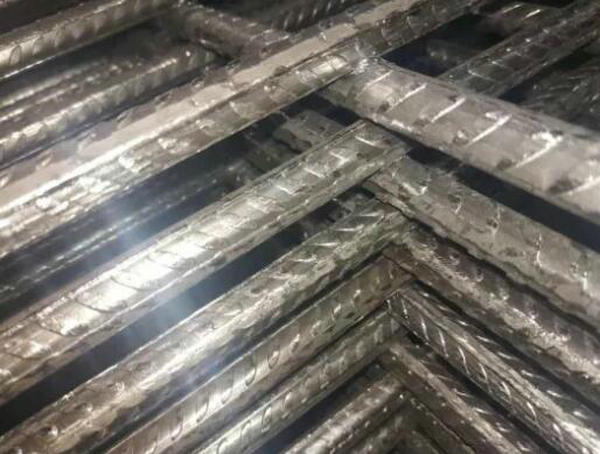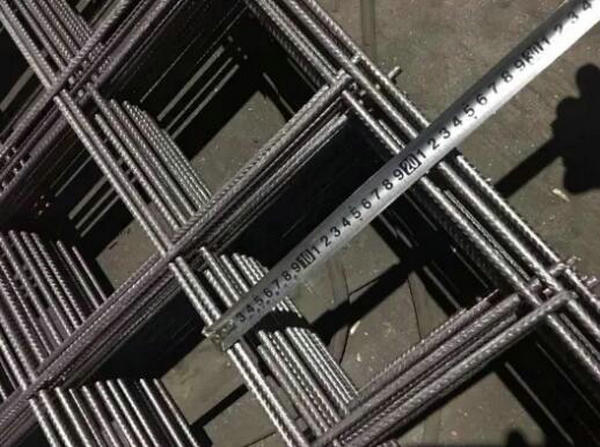Australian Standards for Reinforced Steel Mesh: Compliance, Applications
Reinforced steel mesh, a critical component in modern construction, plays a pivotal role in enhancing the tensile strength and durability of concrete structures. In Australia, the design, production, and application of steel mesh are governed by stringent standards to ensure safety, reliability, and longevity. This article outlines the key aspects of Australian Standards for r
einforced steel mesh, emphasizing compliance, practical applications, and industry best practices.
1. Key Standards: AS/NZS 4671
The primary standard for steel reinforcement in Australia and New Zealand is AS/NZS 4671:2019 – Steel for the Reinforcement of Concrete. This standard specifies requirements for:
Material properties: Grades of steel (e.g., 500E for high ductility), tensile strength, and elongation limits.
Dimensional tolerances: Wire diameter, spacing, and mesh sheet sizes.
Manufacturing processes: Welding techniques, surface coatings (e.g., galvanization), and corrosion resistance.
Testing protocols: Mandatory tests for tensile strength, bendability, and compliance certification.
2. Types of Reinforced Steel Mesh
Australian Standards classify steel mesh into two main categories:
Welded Wire Mesh (WWM): Grids of steel wires welded at intersections, commonly used in slabs, pavements, and prefabricated panels.
Fabric Reinforced Mesh (FRM): Heavier-duty mesh with larger wire diameters, ideal for industrial floors, bridges, and high-load structures.
3. Compliance and Certification
Manufacturers must adhere to AS/NZS 4671 to ensure products meet:
Traceability: Batch testing and supplier documentation.
Durability: Protection against environmental factors, such as coastal corrosion or freeze-thaw cycles.
Safety: Structural integrity under seismic or dynamic loads.
4. Applications in Construction
Reinforced steel mesh is widely used in:
Residential buildings: Slab foundations and wall reinforcements.
Civil engineering: Roads, tunnels, and retaining walls.
Precast concrete: Modular construction for efficiency and cost savings.
5. Benefits of Compliance
Adhering to Australian Standards ensures:
Enhanced structural performance: Reduced cracking and improved load distribution.
Long-term cost savings: Lower maintenance and repair expenses.
Regulatory approval: Compliance with the National Construction Code (NCC) and state-specific building regulations.
6. Sustainability Considerations
Modern standards encourage the use of recycled steel and eco-friendly coatings, aligning with Australia’s sustainability goals.
Conclusion
Australian Standards for reinforced steel mesh, particularly AS/NZS 4671, provide a robust framework for quality and safety in construction. By prioritizing compliance, engineers and builders can deliver resilient, long-lasting infrastructure that meets both technical and environmental demands.
This article serves as a concise guide for professionals seeking to align their projects with Australia’s rigorous construction standards.















